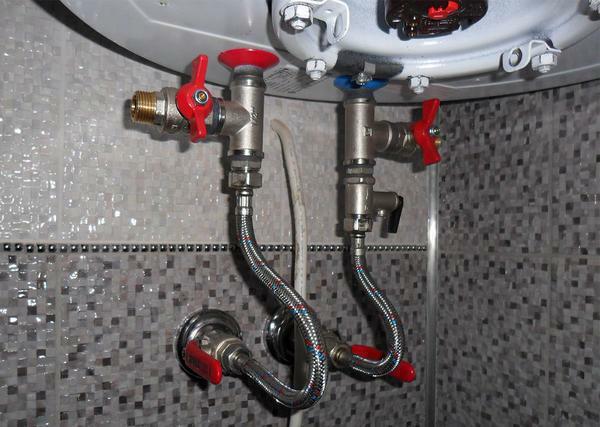Docking for welding.
There are two ways:
- for welding. Mounting sockets or couplings are used;
- connection of HDPE pipes without welding to compression fittings.
If a non-detachable assembly is required, then the "welding" method is used.
If you need a detachable joint, then you need to connect the HDPE pipes with fittings. With the help of fittings( polymer couplings with metal bushings), it is possible to join both polymeric and polyethylene fittings with aluminum, copper and steel analogues. 
Also, to provide a detachable connection, flanges are used - special elements. But preliminary welding of flanges to a pipe is preliminary necessary.
There are three ways:
- mounting on the electrical coupling. Pipes are placed in a coupling( tee, elbow), inside of which there is a low-melting spiral. After connection to the welding transformer, the helix warms the joint;
- mounting in the socket. The heated shoulder is connected to a heated bell;
- butt installation. By means of thermal pressure welding, the heated ends are joined.
It is possible to weld to welding thanks to the thermoplasticity of polyethylene. At temperatures above 175 ° C, polymer fibers break down into molecules, and with decreasing temperature, intermolecular bonds arise between the materials of the parts. 
However, these technologies are implemented in different ways:
- mounting on the electrical coupler assumes this order of joining: first the pipes are cut off, then their surfaces must be degreased. And only then the ends are placed in the electrical coupler, to which the welding transformer is connected. The fusible spiral softens the surfaces of the clutch and pipe. A reliable connection is formed after cooling;
- mounting in the socket: we put the pipe on the nipple and the socket of the welding soldering iron, which heats the joint site. The conjugated elements are compressed by hands after removal from heating calibers;
- butt joint: cut the ends at right angles. Next, put the tubes in the guides. The ends are pressed against the heating element. After heating, the heating element is removed, and the ends are pressed using guides.
Connection of polyethylene pipes without welding.
The connection of HDPE pipes without welding involves the use of compression fittings. The installation consists in fixing the pipe to the fitting nipple mechanically. This fixation is possible due to the sealing ring or the elasticity of the pipe itself. 
The procedure is as follows:
- make sure that the pipe cut is strictly perpendicular to its axis. Preparation of sections, both for welding;
- unscrew the fitting nut, insert the end of the pipe tightly into the fitting;
- to assemble fitting: put a nut on the pipe, spacer, rubber ring and tighten with a nut.
In the case where the fixation occurs due to the elasticity of the pipe body:
- the end is expanded by an escapander - a special tool that expands the body of the reinforcement;
- the coupling is untwisted, and the mounting nut is attached to the pipe;
- the extended end is put on the coupling nipple;
- tighten the lock nut.
After this, there will be an effect of reverse shrinkage, that is, the diameter of the pipe will be initial. 
Flanged connection of HDPE pipes.
In polyethylene pipelines, in addition to compression couplings, flanged fittings are also used.
As a result, within the limits of one housing there are two couplings: compression and flange. Due to this, the flange couplings can be used in pipelines of both medium and high pressure.


